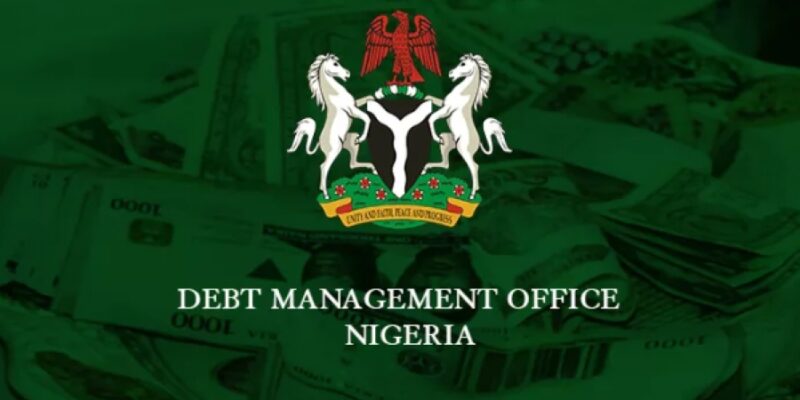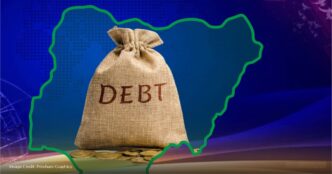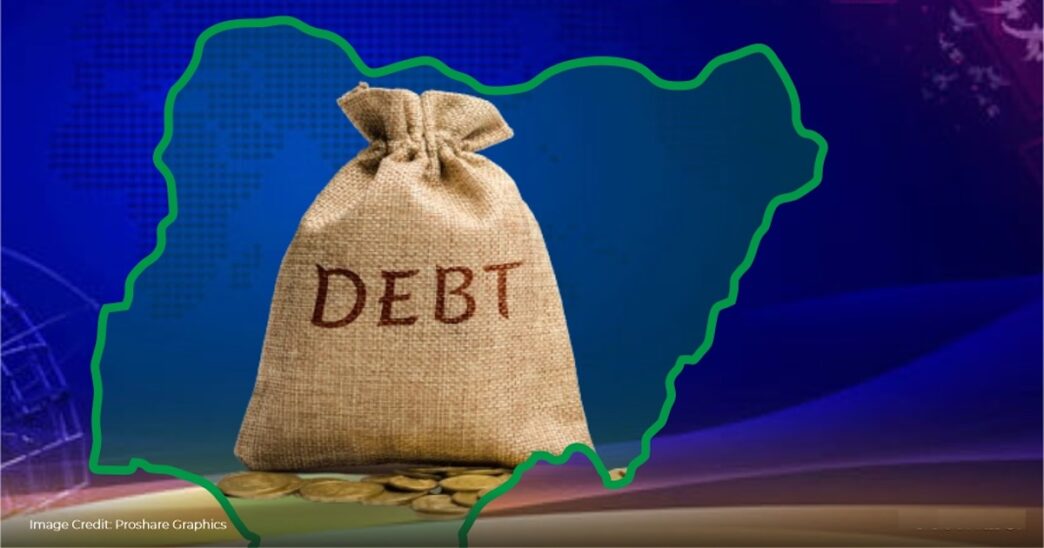Nigeria’s overall public debt has climbed to N152.40 trillion as of June 30, 2025, based on the most recent data released by the Debt Management Office on Saturday.
This amount indicates a rise of N3.01 trillion from the N149.39 trillion recorded at the end of March 2025, reflecting an increase of 2.01 per cent over three months. In terms of dollars, the debt increased from $97.24 billion to $99.66 billion, which is a 2.49% rise.
These new figures highlight the government’s increasing dependence on both domestic and international borrowing to cover fiscal deficits, even as reforms in revenue and foreign exchange continue to transform the macroeconomic environment.
A detailed analysis reveals that Nigeria’s external debt grew to $46.98bn (N71.85tn) in June, rising from $45.98bn (N70.63tn) in March.

The nation’s significant investment in Eurobonds may increase its vulnerability to fluctuations in global markets, while reliance on concessional multilateral loans points to ongoing fiscal instability and restricted access to low-cost credit.
“The World Bank remained Nigeria’s single largest external creditor, with $18.04bn outstanding, mainly through the International Development Association. This represents about 38 per cent of total external obligations.
“Overall, multilateral lenders accounted for $23.19bn or 49.4 per cent of the external portfolio. Other multilateral partners include the African Development Bank, the International Monetary Fund, and the Islamic Development Bank.” the DMO said.
The debt portfolio was composed mainly of Federal Government bonds, totalling N60.65 trillion, which constitutes 79.2 per cent of the total domestic debt. This figure includes N36.52tn in naira-denominated bonds, N22.72tn in securitised Ways and Means advances from the Central Bank of Nigeria, and N1.40tn in dollar-denominated bonds.
Additional elements comprised Treasury bills valued at N12.76tn (16.7 per cent), Sukuk bonds worth N1.29tn, savings bonds amounting to N91.53bn, green bonds totalling N62.36bn, and promissory notes of N1.73tn.
The conversion of the Central Bank of Nigeria’s Ways and Means lending into long-term debt underscores the fiscal challenges facing the Tinubu administration as it attempts to enhance monetary discipline and rebuild investor confidence.
Nigeria’s increasing debt coincides with ongoing initiatives by the Federal Government to elevate non-oil revenues, manage inflation, and stabilise the naira as part of its economic reform strategy.
Although the Debt Management Office maintains that the debt is within sustainable parameters, there are ongoing concerns regarding borrowing costs and adjustments to the exchange rate.


 Trending
Trending 











